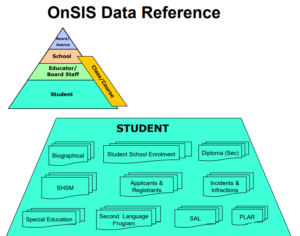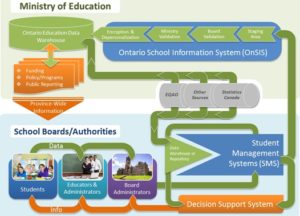Extracting: Subtracting from one area (collecting) to add to another area (warehousing) with identifier to make it more

Explaining Extracting:
Extracting is the act or practice of taking different records with identifiers and attributes with express intention of joining them together with other records to create a bigger and more comprehensive database in a storage area. Generally the process of Extracting is followed by loading it into a database or Datawarehouse. Technically this process is referred to as Extract, Transform, and Load (ETL). Depending on data size, type and where the data transformation occurs, there is an alternative process know as Extract, Load and Transform (ELT) (Source: IBM, ELT vs. ETL: What’s the Difference? | IBM). In the case of ELT, the transformation happens after the data is extracted and loaded.
Extracting process:
When recording take place, usually the events, activities, and observations are captured in a row and column. For instance, the day and time the event took place is entered in a row. At the same time, the category or type of event related to the date and time (row), is entered in a column. It may be necessary to add the location or where the event happened. Then we add another column to identify the location (London) where the event (wedding) happened on date and time (April 1, 2020 at 2:00 PM).
Example: Records and System of Extracting Education Data

